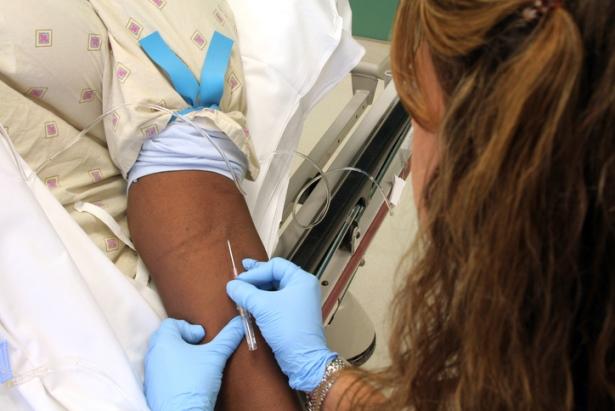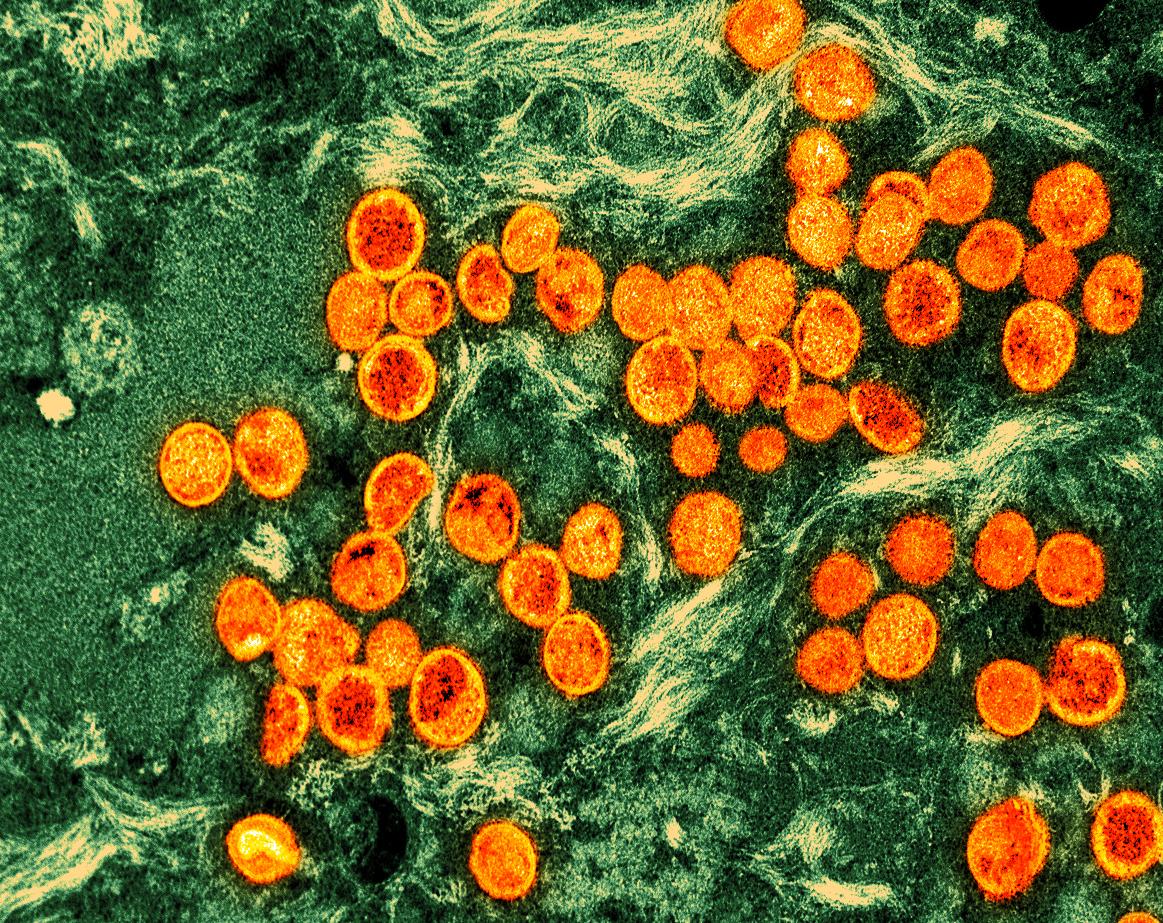
A cross-sectional survey of US hospitals found that Veterans Affairs (VA) hospitals were more likely to use contact precautions for patients with multidrug-resistant organisms than non-VA hospitals, researchers reported yesterday in the American Journal of Infection Control.
The survey, conducted from April 2021 to May 2022, was sent to 127 infection preventionists at all VA hospitals and 881 from a random sample of non-VA hospitals. Respondents were asked about hospital and infection control program characteristics and various infection transmission-focused prevention practices, such as hand hygiene and contact precautions (eg, use of gloves and gowns for contact with patients with a known or suspected infection). The overall response rate was 56% for VA hospitals and 47% for non-VA hospitals.
Greater use of contact precautions, supplemental cleaning devices
The mean reported hand hygiene compliance rate and percentage of hospitals using direct observation to monitor compliance was 90% among both the VA and non-VA hospitals, and roughly 60% of VA and non-VA hospitals reported use of the antiseptic chlorhexidine gluconate for daily bathing of intensive care unit patients.
But a higher percentage of VA versus non-VA hospitals reported using contact precautions with active surveillance culturing for methicillin-resistant Staphylococcus aureus (56.7% vs 24.4%) and carbapenem-resistant Enterobacterales (26.9% vs 13.3%) and for vancomycin-resistant Enterococcus without surveillance culturing (67.7% vs 38.9%).
In addition, a higher percentage of VA hospitals (67.6% vs 52.9%) reported using supplemental no-touch disinfection devices to clean rooms used to care for patients with Clostridioides difficile infection.
The study authors say the differences may be attributed in part to nationally coordinated VA initiatives related to transmission-based practices, as well as studies showing the efficacy of these practices in preventing disease transmission at VA hospitals.

















